Land of the God of Paper
Echizen washi has a history of 1,500 years. The oldest remaining paper made in Echizen is the Echizen Province Shozei-cho (730,Tempyo 2) in the Shosoin Repository. According to a recent survey, this paper is mainly made of kozo (mulberry) and is made by tamezuki (a method of papermaking in which water containing raw materials is drawn in only once and the water is drained out by shaking the bamboo screen), and it has been shown to be of high quality.
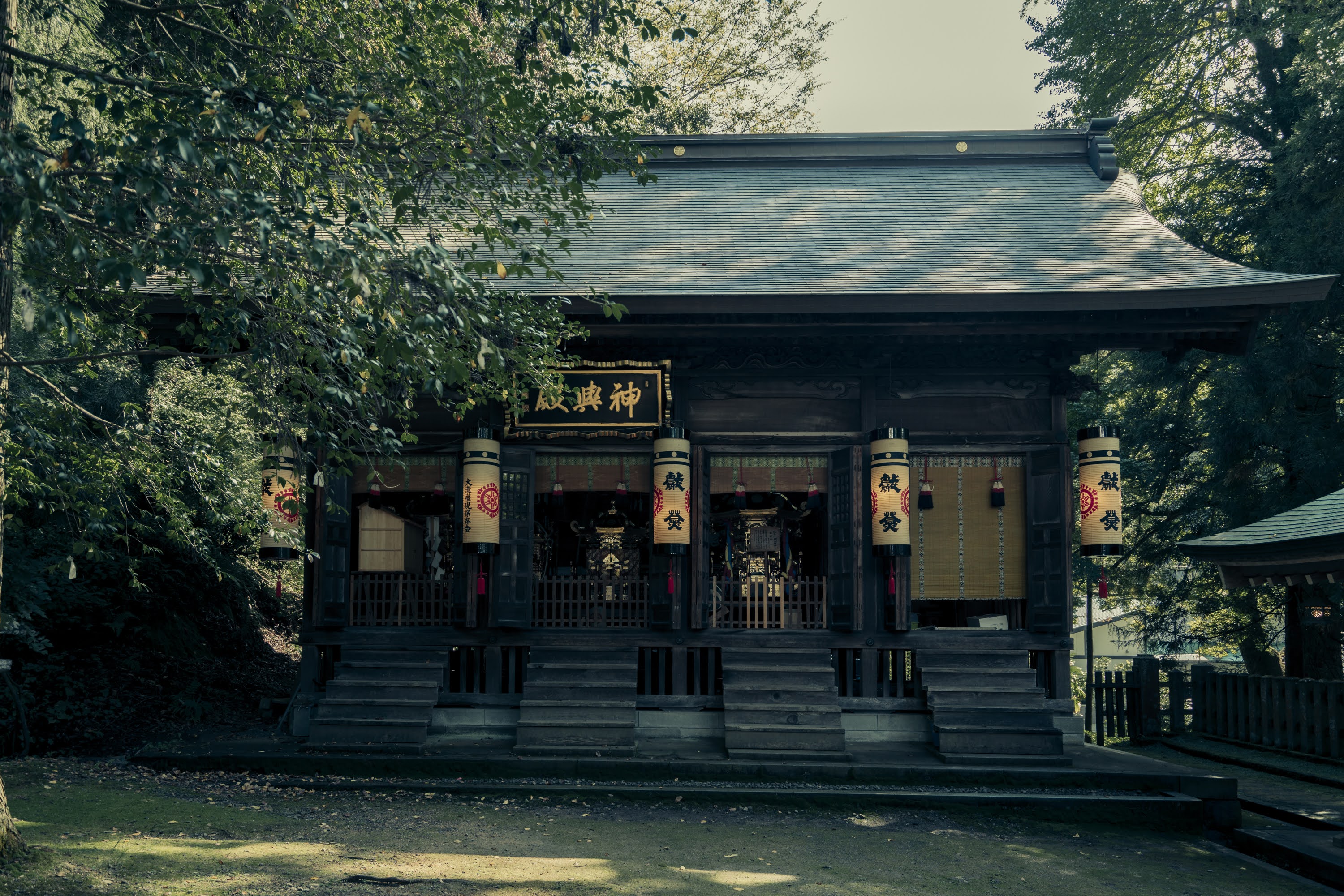
What is important for papermaking is clean water. The Goka district of Echizen City, home of Echizen washi (a district comprising the five villages of Oizu, Otaki, Iwamoto, Shinzaike, and Sadatomo), is lined with washi workshops built around a clear stream called Okamotogawa.
Unlike other washi-making regions, Echizen washi production centers are not widely scattered along a clear stream, but rather are concentrated in the valley areas.
Upstream of the Okamoto River, in the Otaki district, there are Okamoto Shrine and Otaki Shrine, which are dedicated to the "god of paper".
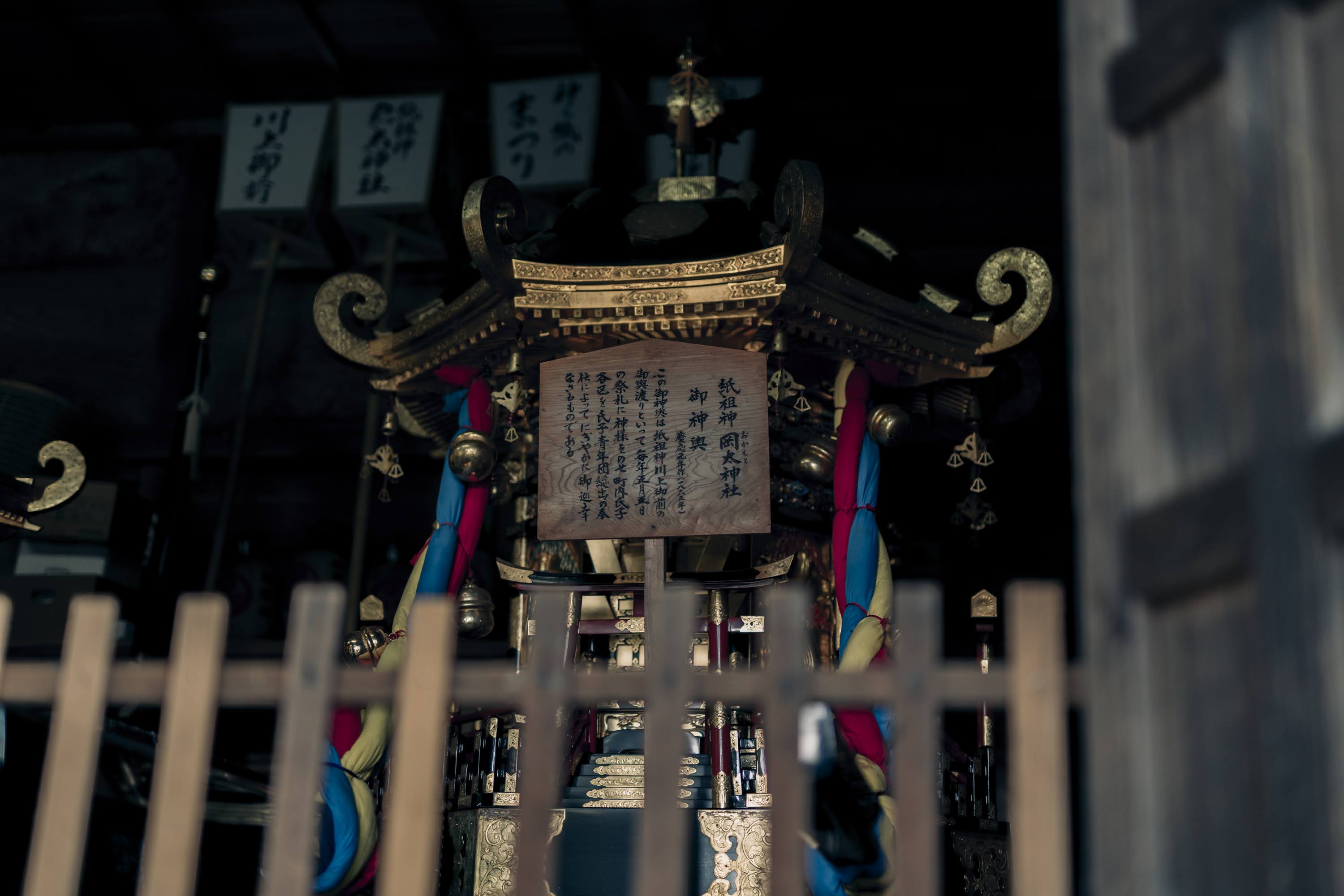
Behind the 1,500-year continuity of traditional craft techniques lies the existence of a "god" that supports the "spirit" of craftspeople. Her name is "Kawakami-gozen. She is a female deity.
The legend of Kawakamigozen dates back 1,500 years.
It is said that a woman appeared in the upper reaches of the Okamoto River and introduced the art of papermaking to the Goka area, which had few fields.Since then, Okamoto Shrine has worshipped Kawakamigozen as the god of paper.
An indispensable bonding deity for both the craftsmen and the community
Passing through the large torii gate of Okamoto Shrine and Otaki Shrine, which also serves as a gate to the Otaki area, one passes a number of paper manufacturing workshops and continues onward to Gongen Mountain, the sacred mountain of Kawakami-gozen. At the foot of the mountain stands the satomiya (village shrine) of Okamoto Shrine, which also serves as the Otaki Shrine, and the Okuno-in (inner sanctuary) is located at the top.
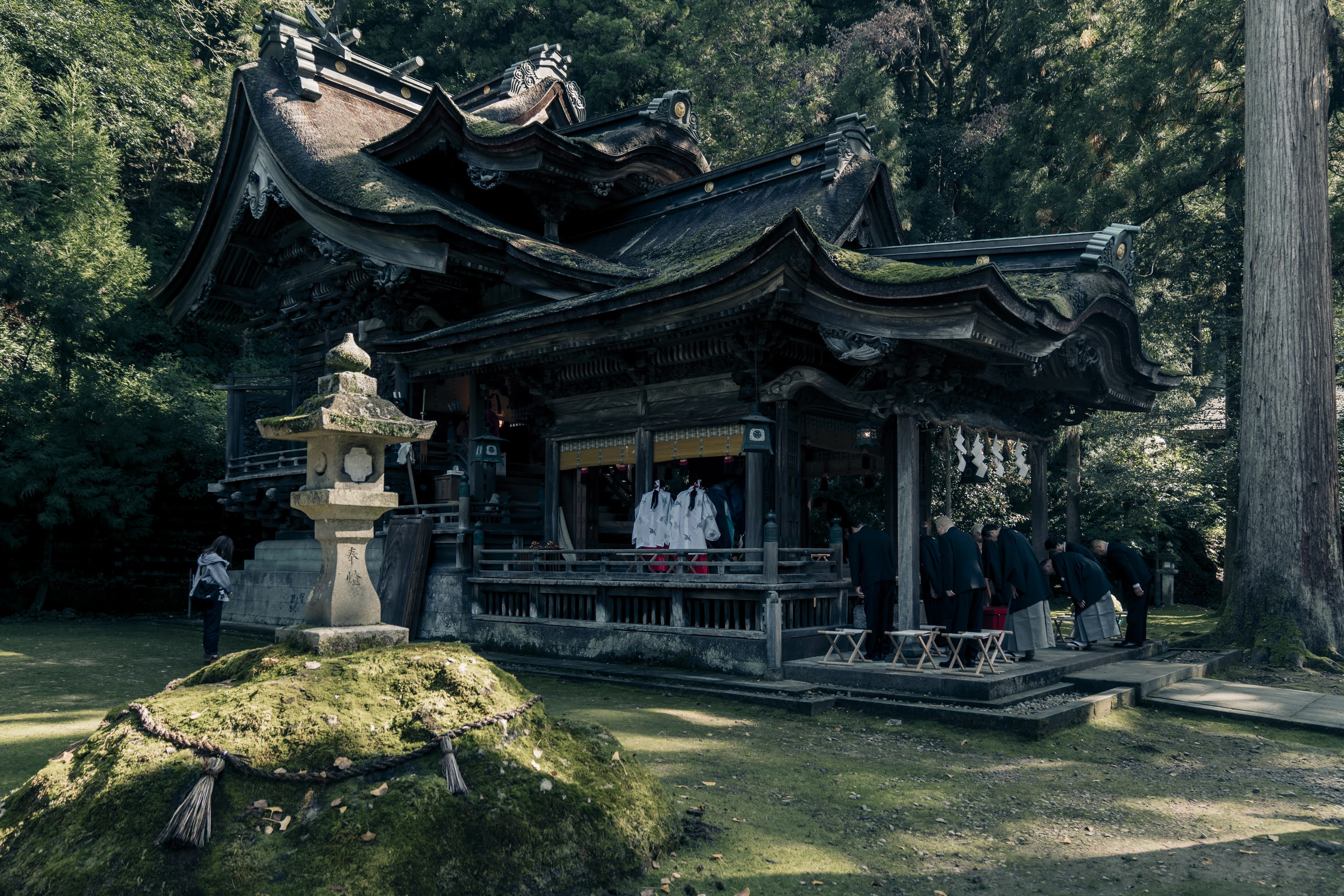
Okamoto Shrine is mentioned in the Engishiki Jinmeicho (Engi Shiki Jinmyocho) compiled in 926, which attests to its long history. The Satomiya, which shows the best of late-Edo period shrine architecture, was rebuilt in 1843 (Tempo 14) and is said to have been constructed by Okubo Kanzaemon, who also worked on the Imperial Gate of Eiheiji Temple. The side of the hall of worship is dominated by the magnificent and detailed carvings, and in 1984 was designated a National Important Cultural Property of Japan.
The temple grounds are also home to a cluster of large cedar, cherry, beech, and ginkgo trees, which rise high into the sky as if to form a barrier, maintaining a sacred atmosphere.
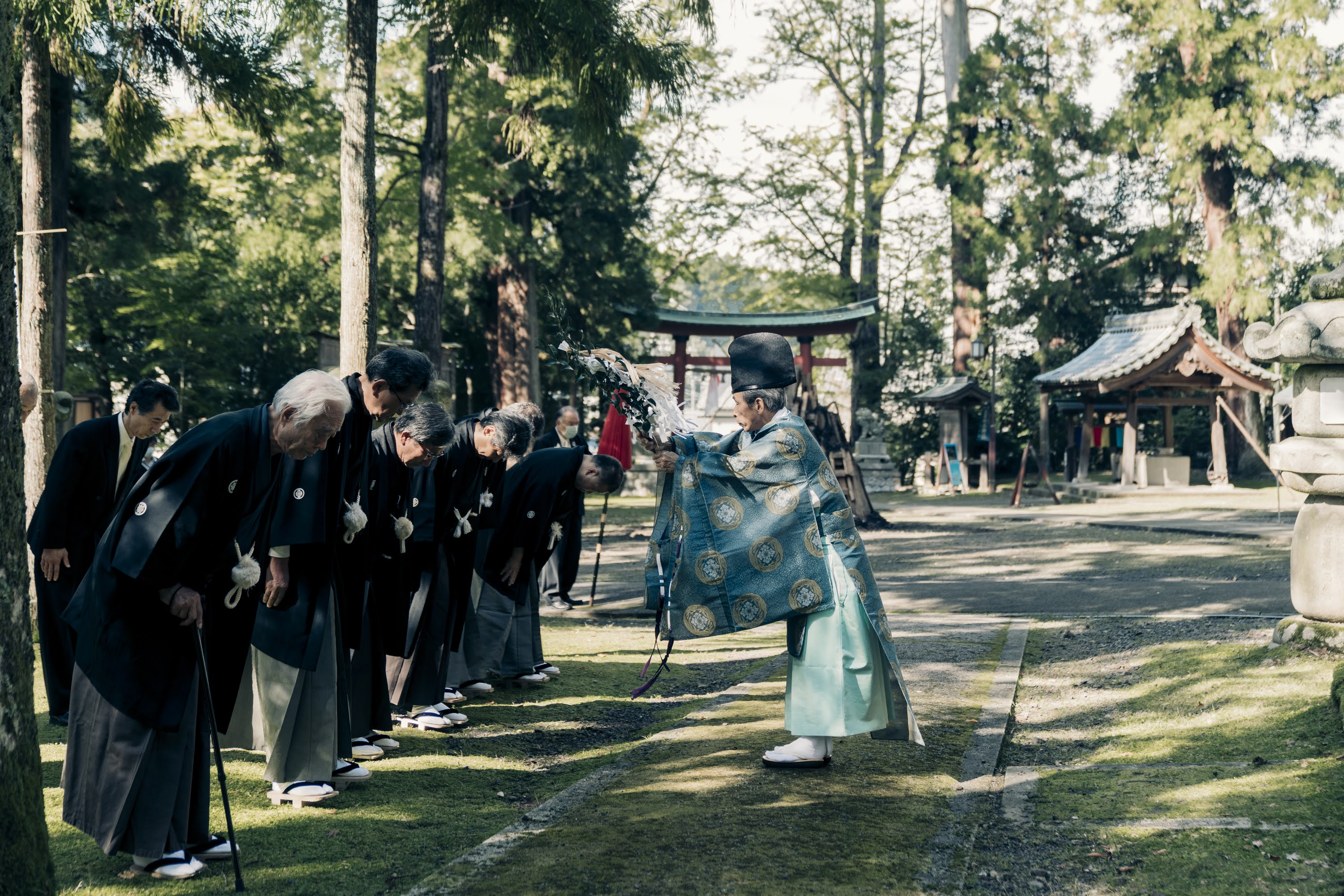
The festival to express gratitude to Kawakami Gozen has been passed down for 1,500 years by craftsmen, their families, and local residents, and the "Shikinen-taisai" (grand festival) held every 33 years (Gokaicho), the "Goshinki" (memorial service) held every 50 years (Nakakaicho), and the spring festival held every May "Kami to Kami no Matsuri" are designated as intangible folk cultural assets by the prefectural government. The craftsmen say that they have been able to overcome the tremendous time span of 1,500 years because they are able to solemnly carry on the rituals as a way of preserving the spirituality of the craftsmen.
In the washi workshops in the Goka area, a seated statue of Kawakamigozen as a child is enshrined on a Shinto altar, under which the washi is produced. The sense of spiritual security that the papermakers derive from Kawakamigozen can be seen in episodes of familiarity with the seated statue. For example, when delivering important paper to the Shogunate, they took a seated statue of Kawakami-gozen with them to wish for safety along the way. When seven papermaking craftsmen were invited to the Paper Department of the Ministry of Finance in Tokyo to develop paper money during the Meiji era, they brought a seated statue of Kawakami-gozen and displayed it in their laboratory room. Kawakami Gozen, handmade by artisans, has a very gentle expression that is somehow comforting to look at.
Putting our hearts into washi paper under the watchful eye of the Mother
While Kawakamigozen is a goddess of women, we must not forget that women make up the majority of papermaking craftspeople. Ms.Makiko Iwano, a washi artisan who has inherited the fourth generation of the Iwano Heizaburo Paper Mills, looks back on this deity, which has been familiar to her since childhood, with a sense of familiarity.
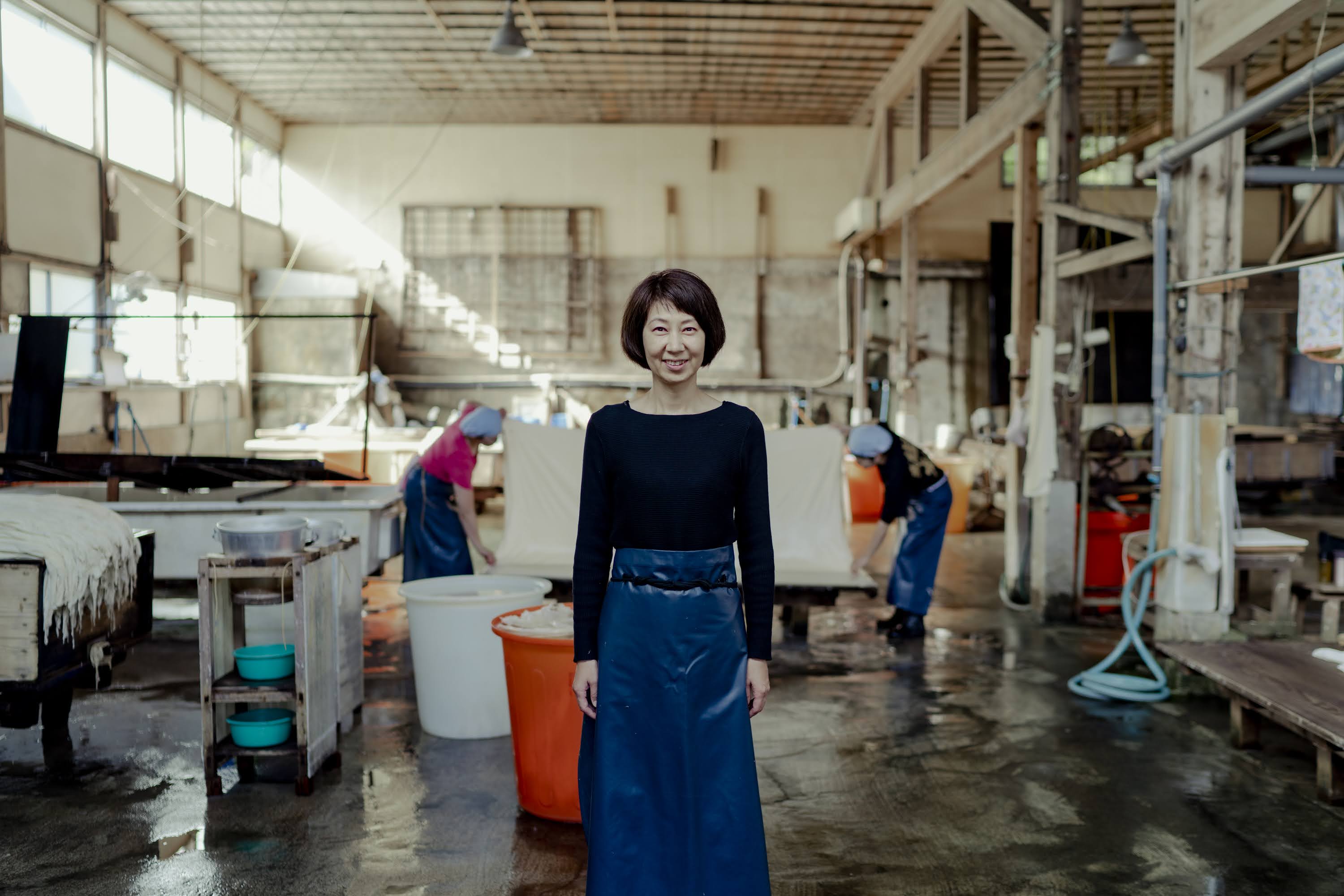
"Ever since I can remember, 70 to 80% of the craftsmen who made paper in our workshop were women. Many of them commuted from the neighborhood, so most of them knew each other. If you went to elementary school, you learned about Kawakamigozen in class, and if there was a festival, the whole family and relatives would participate. The spacious grounds of the shrine were a great place to play, and I used to go there often. At the beginning of the year, we would always bow before Kawakami Gozen to start our work. She is indispensable to our work. I even feel that without Kawakami Gozen, this job would not be possible."
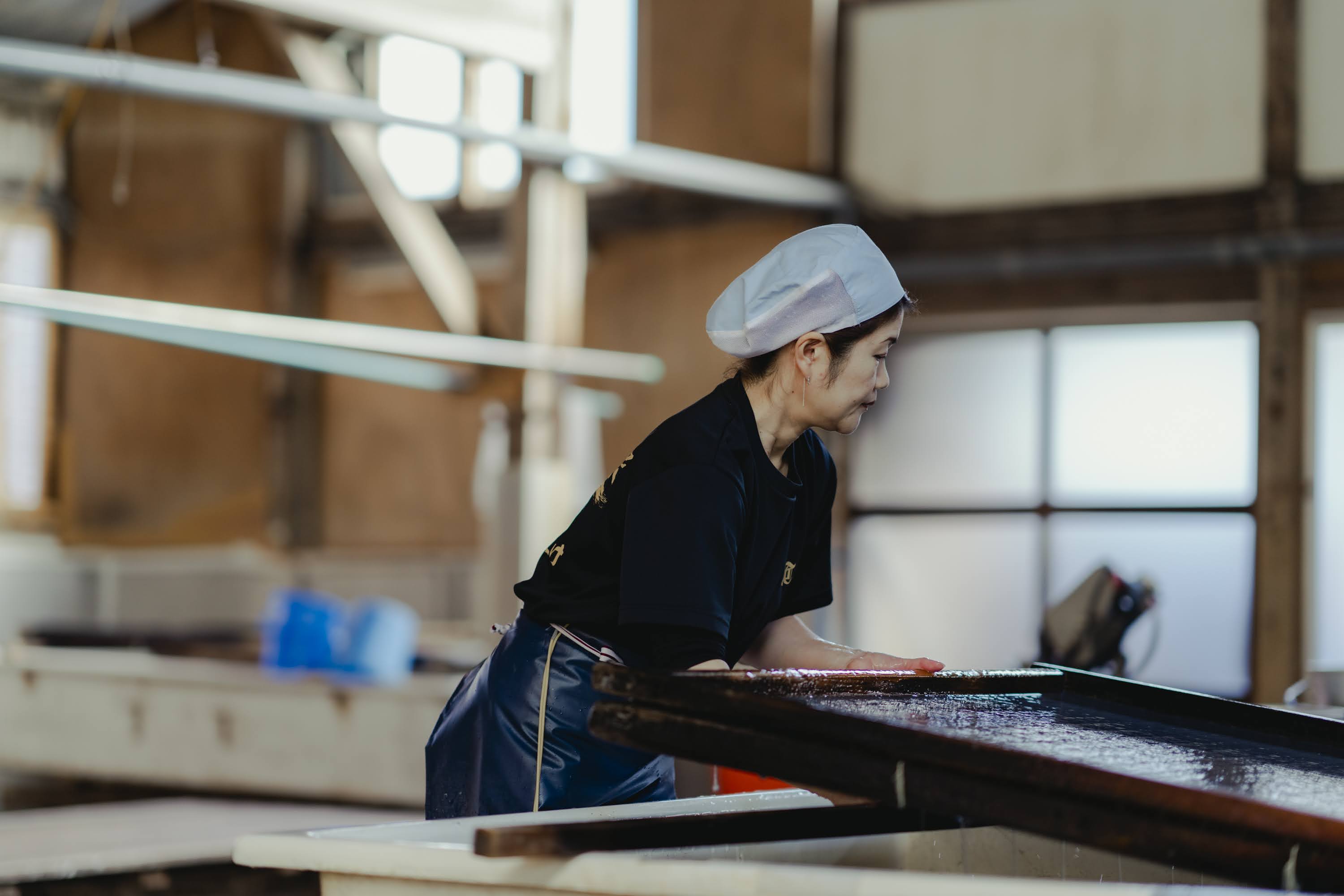
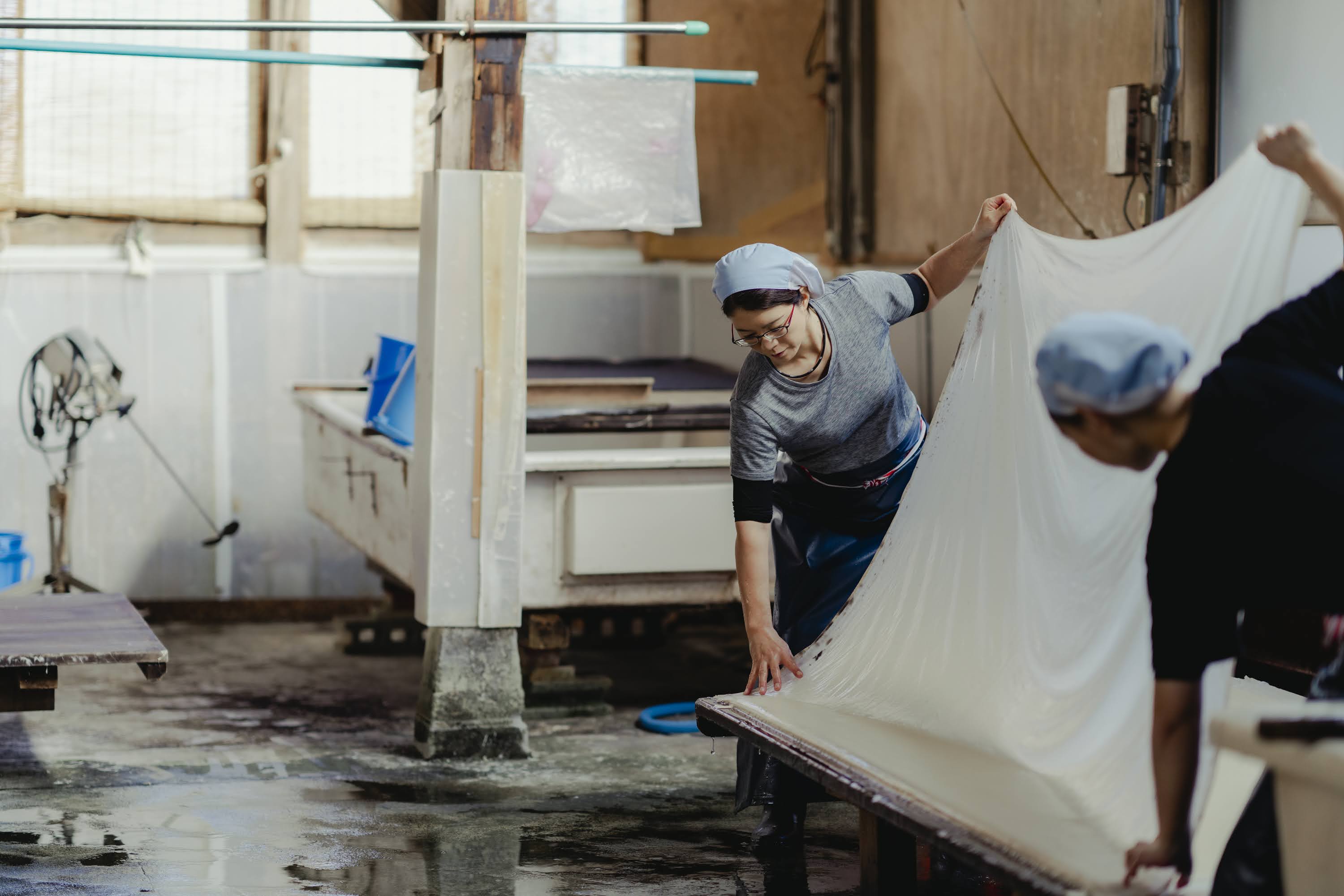
Making washi with all your heart and soul. It is not an easy task. The rough and tumble of the times has brought washi craftsmen to the brink of hardship on many occasions. However, the craftspeople can clearly feel the strong support of Kawakamigozen watching over them at all times and in all places. If we think of this god before using Echizen washi, we will be able to communicate with Echizen craftspeople even when we are far away from them.






